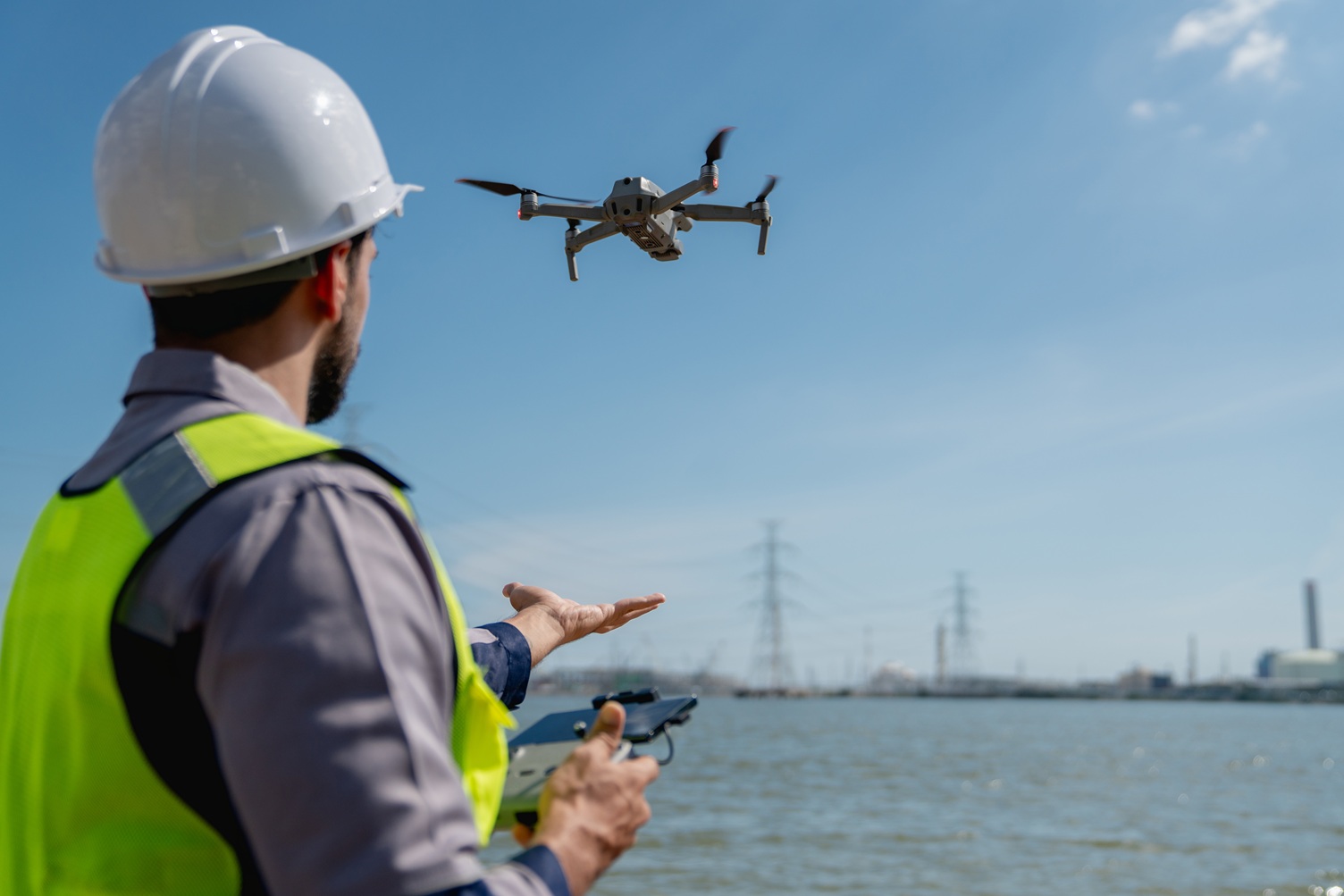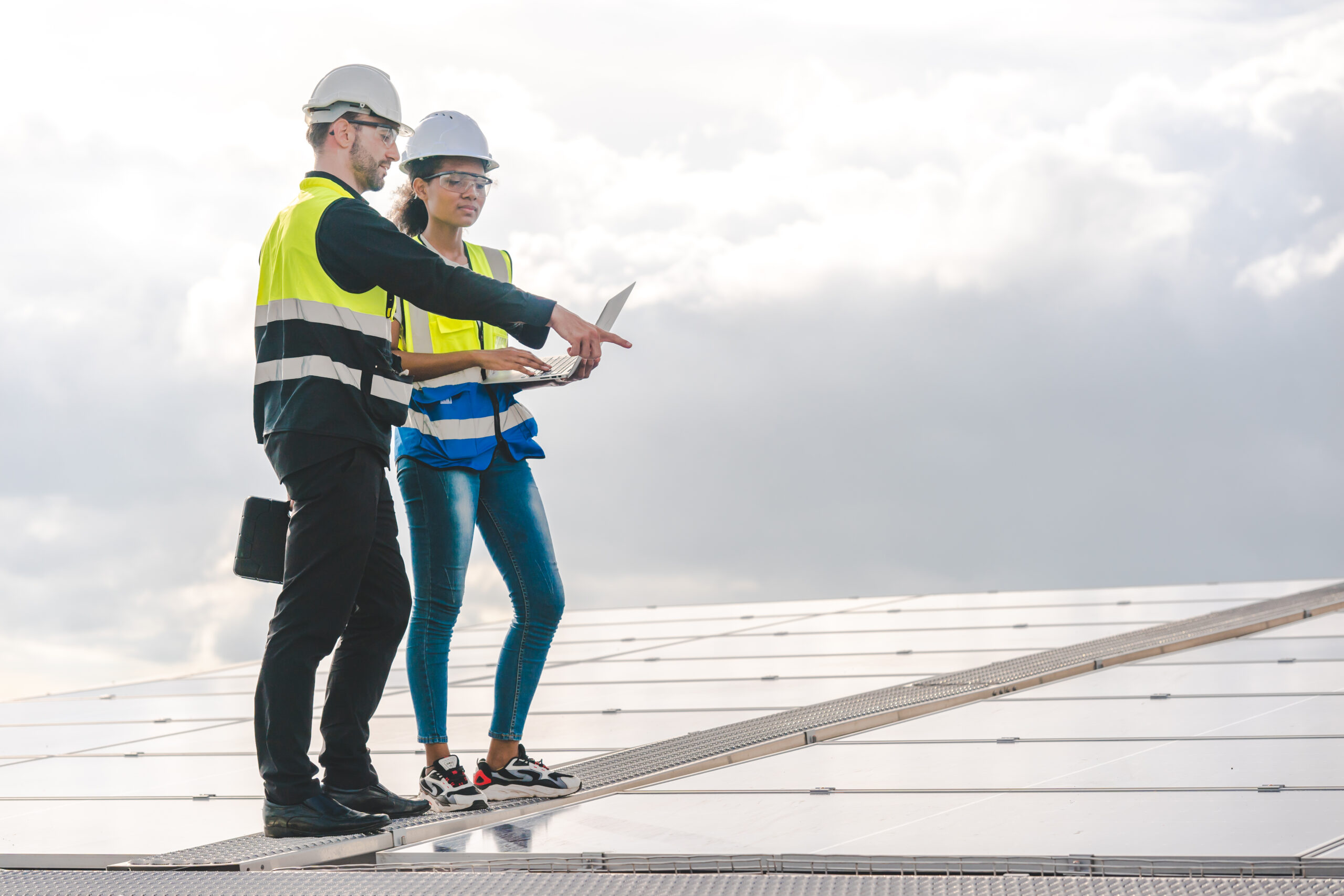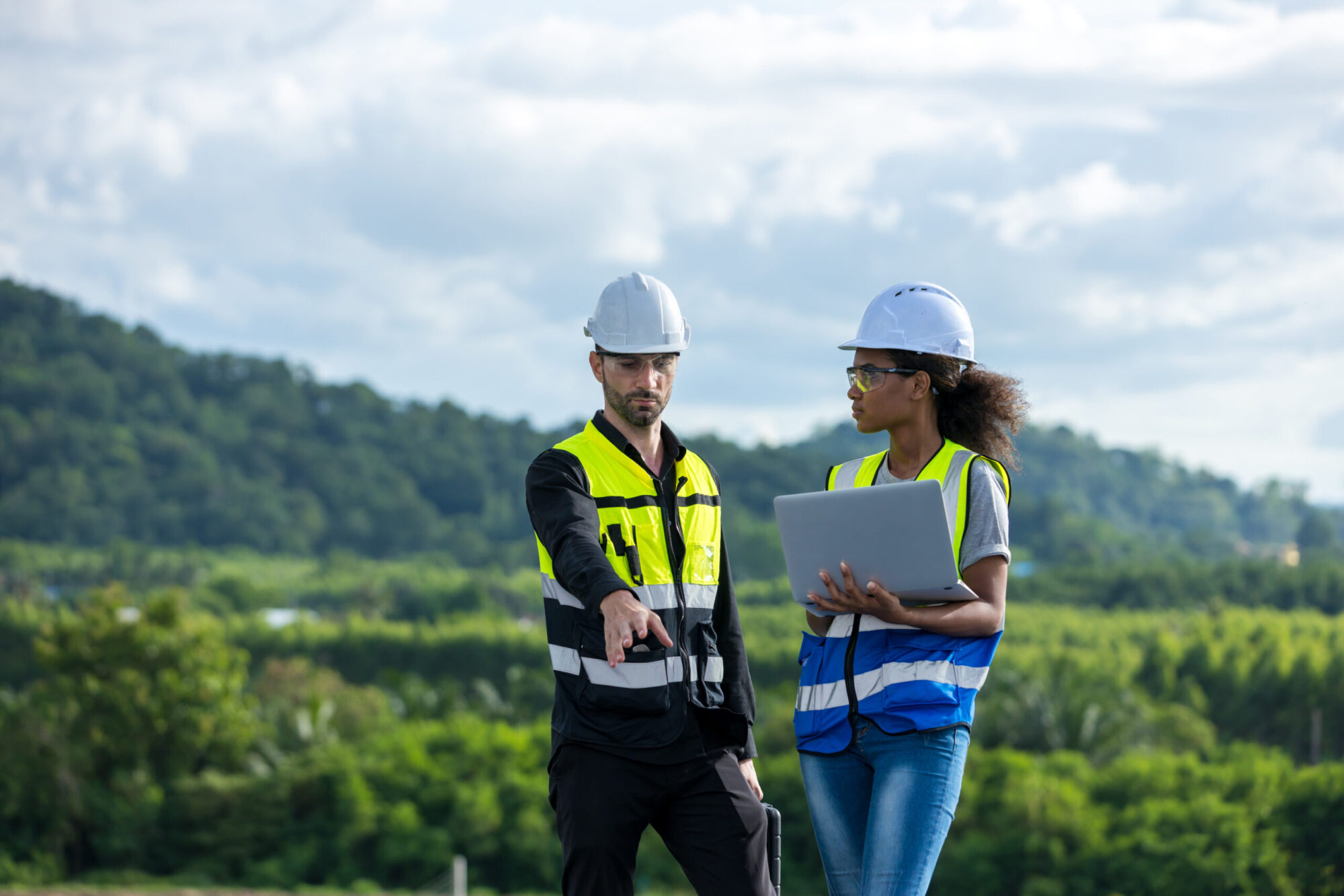
Aerial Drone Roof Inspections vs Traditional Roof Surveys: What’s Best?
September 18, 2025 2:43 pmEver found yourself staring up at a roof, wondering how on earth you’re supposed to sort out a leak or spot cracked tiles? You’re not alone. When it comes to maintaining commercial properties, retail parks or even a cherished family home, checking the roof can be one of those tasks that sounds more straightforward than it really is. Let’s face it, nobody wants to spend a fortune or put themselves (or their team) at risk jumping up onto a slippery roof. That’s where the debate starts — aerial drone roof inspection or traditional roof survey. Which is actually best for your site?
Why Roof Inspections Matter (and Not Just for Insurance)
Picture this: one day, there’s a patch of damp in the office, or you notice tiles have slipped out of place. It’s tempting to ignore it, but regular roof inspections genuinely save headaches further down the line. They help you spot leaks, prevent vegetation taking root, and keep your building looking sharp. I’ve seen inspections pick up issues that weren’t even on anyone’s radar — blocked gutters causing all sorts of drama, or a small crack that would have let water in all winter.
For facilities managers, building insurance assessors and anyone with commercial property to care for, a thorough roof inspection isn’t just a box-tick exercise. It keeps buildings safe, repair bills under control, and yes, it keeps tenants happy too.
Traditional Roof Surveys: The Old-School Approach
Let’s talk old-school for a moment. The classic way to survey a roof usually starts with scaffolding, ladders or a cherry picker. Surveyors get up close, camera or notebook in hand, and walk the roof inch by inch. They spot everything from loose tiles to damaged flashing, jot it all down and — if needed — test materials by hand.
But here’s the catch, and you’ll know this if you’ve tried it, it’s slow. It takes ages to set up, costs a small fortune, and often means folks are working in tricky or downright risky conditions. Fragile roofs with plenty of twists and turns? Sometimes, you just can’t reach every corner safely. Can you honestly say you want someone up there for a full inspection when the weather turns bad?
Of course, there’s an upside. Nothing beats actually feeling the materials or running hands over stonework, especially with older buildings where intricate details and history matter. Sometimes, only a human eye and touch will do.

How Aerial Drone Roof Inspections Work (and Why They’re Making Waves)
Now for the new kid on the block; aerial drone roof inspections. Drones aren’t just gadgets for hobbyists, they’re changing how surveyors tackle awkward, hard-to-reach roofs. Now instead of climbing, a certified pilot sets up on safe ground, sends the drone skyward and captures high-res images, video and sometimes even thermographic scans.
It’s pretty slick, to be honest. The drone can zip around, peeking at every nook and cranny, snapping dozens or hundreds of photos along the way. That means issues you’d never be able to see from ground level can get spotted instantly. I’ve watched drones work on tricky, multi-storey retail sites and the entire survey wrapped up within a morning — with zero disruption to staff or visitors.
What about complex roof shapes? Drones handle them with ease, thanks to their ability to hover, twist and turn at height without ever risking a person’s safety.
Safety, Speed and Data — What Really Sets Drone Surveys Apart
Let’s dig a bit deeper. Safety is the big headline. Roof inspections with a drone mean you’re not sending anyone up ladders, risking injury or playing chicken with the British weather. For buildings with restricted access or roofs coated in asbestos, it’s not just a smarter choice — it’s the only sensible one.
Speed also matters. A drone survey can be boxed off in a few hours, not stretched out over days or weeks. The site runs as normal, staff barely notice anything’s happening, and the facilities manager doesn’t face big shutdowns or costly scaffolding bills.
Then there’s accuracy. Modern drones deliver jaw-dropping resolution — every cracked tile, missing flashing or pooling water gets logged with pinpoint precision. Some sites benefit from geo-referenced reports and 3D models, making planning repairs or insurance claims smoother than ever.
When Traditional Roof Surveys Still Have a Role to Play
Sometimes, you can’t beat getting up there for a proper look and feel. Strange materials, historic roof details or projects where you need to test surfaces by hand call for old-fashioned surveying skills. You might even blend both approaches, using drone imagery to highlight trouble spots, and then go up for a targeted inspection where a human touch is needed.
I’ve seen it work brilliantly for listed properties, especially those with ornate stonework or lead detailing that can’t easily be picked up with a drone camera.
How Should You Choose — Drone or Traditional?
It’s not about which method is “better” in general, but which suits your building, budget and timescale. Is the roof massive, high or awkwardly shaped? If so, drones are likely to get the job done faster, more safely, and sometimes for less cost. Planning insurance surveys or large-scale maintenance? Drones give you that rapid-fire report that lets you act quickly.
But if you’re dealing with an older property, or you’ve got to test material strength and get hands-on data, you’ll still want a surveyor on the roof. It’s really about matching the inspection type to your goals.

Where Castle Surveys Stands — Offering Choice and Expertise
Castle Surveys gets how every building — and every client — has different needs. One day, you’ll want a drone flying overhead, the next you might need someone up there with a camera and chalk. Our team includes certified drone pilots (fully compliant with UK industry standards), and experienced building surveyors who’ve seen everything from Victorian chapels to sprawling commercial parks.
We combine the latest aerial tech with measured building surveys and old-school know-how, so you actually get useful answers, not just a pile of data. From healthcare sites to retail estates, our report is tailored to help manage properties smarter, faster and — most of all — safely.
Want to see how drone inspections can make your life easier (or save a bit of cash)? Give Castle Surveys a call, we’re just as happy talking through options on the phone as we are flying drones across rooftops.
Feeling Ready to Choose?
Both aerial drone roof inspection and the classic traditional roof survey have their place. If you’re after quick results, better safety or a rapid property overview, drones really shine. For hands-on material testing or heritage buildings, manual surveys are still in the mix. The clever bit is picking the right tool — or even using both.
You’ll find expert advice and practical help at Castle Surveys, whether your project’s commercial, residential or something even bigger.
Thinking about a safer, faster way to inspect your roof? Reach out to Castle Surveys and discover how drone inspections could be just the ticket.
This post was written by Paul Jackson

Comments are closed here.